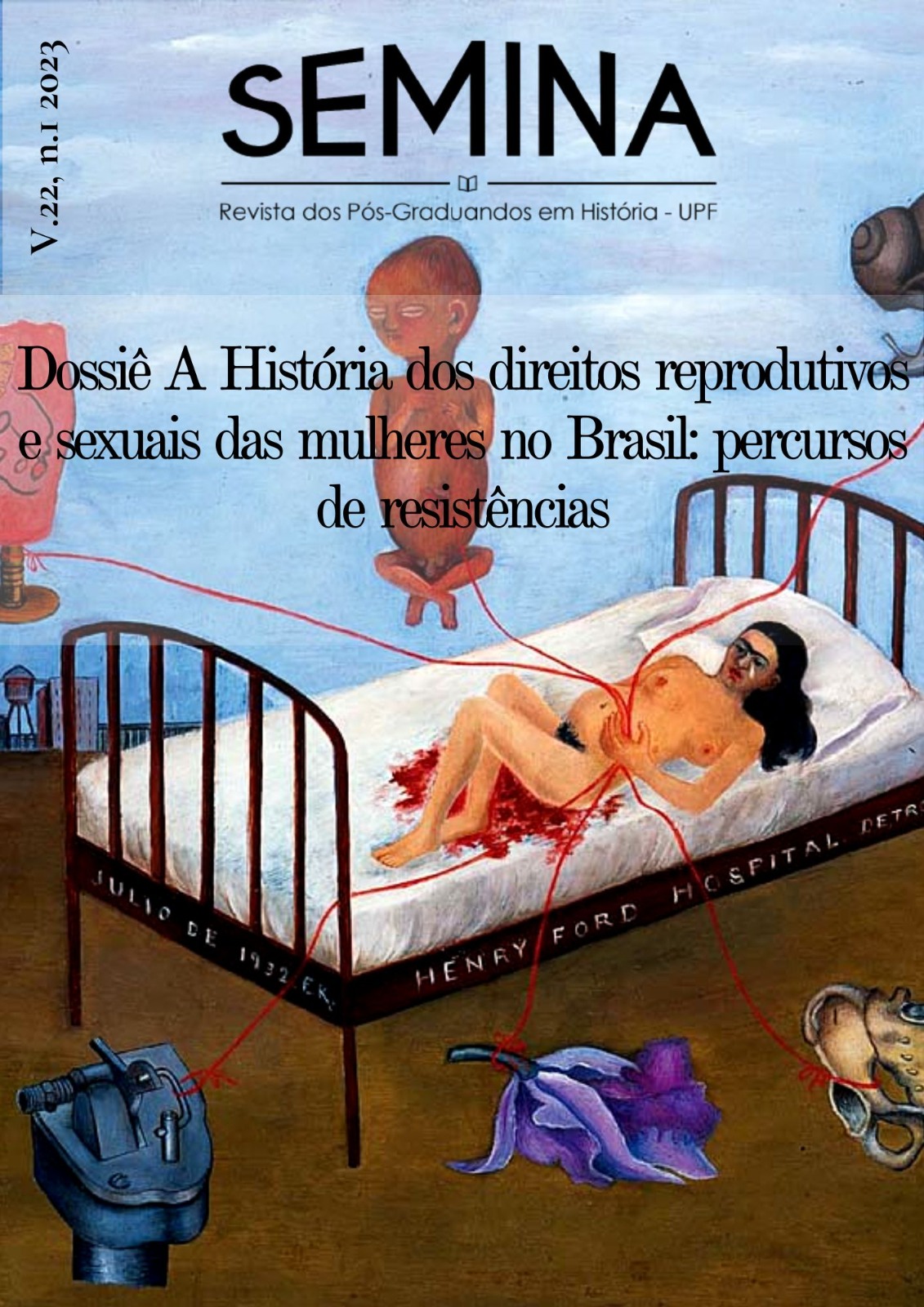Cemetery of irmandies:
a tourist product that keep alive in its tomb collection a space of memory and History of Jaguarão/RS
DOI:
https://doi.org/10.5335/srph.v22i1.14366Keywords:
Myths, Death, Rites, Cemetery TourismAbstract
The Cemitério das Irmandades in the city of Jaguarão (RS) has in its tomb a historical, cultural and identity heritage that allows a reading of the cultural processes inserted in the 19th century, in this context of death, myths and funeral rites. space in terms of art and testimony presented in its sumptuous mausoleums and full of allegories of the time, before the exposed scenario, the article aims to analyze, reflect on the transformation of the cemetery space in the cemetery of the Brotherhoods, creating a cultural tourist product , where the visit script will promote the importance of preserving the property, in which its valorization will keep alive the memory and identity of the Jaguarão people, exalting the history, architecture and cultural landscape. For the development of this research, the identification, characterization and analysis of the mound art, as well as the bibliographic survey, were essential to obtain a historical scenario that spans generations and preserves the burial traditions.
Downloads
References
BELLOMO, Harry Rodrigues (org.). Cemitérios do Rio Grande do Sul. Porto Alegre: Edipuc, 2000.
BELLOMO, Harry Rodrigues. Cemitérios do Rio Grande do Sul: arte, sociedade, ideologia/ org. Harry Rodrigues Bellomo. 2. ed. rev. ampl. Porto Alegre: EDIPUCRS, 2008. 280p.
BETTEGA, Maria Lúcia. Eventos e Cerimonial: Simplificando as ações. Caxias do Sul: Educs, 2004.
BRANDÃO, Giane; Equipe Cemitérios P. Vamos Passear... No cemitério? Disponivel <http://www.cemiteriosp.com.br/pdf/Passear_no_cemiterio.pdf.> Acesso em: 30 mai 2016.
BORGES, Maria Elizia. Aspectos do Revival Egípcio e Classicista na arte Funerária Brasileira. XXXIII Colóquio do Comitê Brasileiro da História da Arte. Rio de Janeiro: UFRJ, 2013.
CADERNO JAGUARENSE. Jaguarão: Instituto Histórico e Geografico, Evangraf. v. 5, 2013.
CHARÃO, Egiselda Brum. Estudos Históricos – CDHRP – Agosto, 2009.
ELUSTA, H.A.de L. Visita ao museu de pedra: O Cemitério da Saudade de Campinas– SP. / Halima Alves de Lima Elusta. – Goiânia, GO: [,s.n.], 2008.
FARAH, Ana Paula. Restauro arquitetônico: a formação do arquiteto no Brasil para preservação do patrimônio edificado. Rev. Bras. História [online]. Franca, vol. 27, n. 2, p. 31-47. 2008.
FERREIRA, J. M. Simões. Arquitectura para a morte. A questão cemiterial e seus reflexos na teoria da arquitectura. Lisboa; Fundação Klouste, Gulbenkian, 2009.
FOUCAULT, Michel. A Ordem do Discurso. Trad. Laura Fraga de Almeida Sampaio. São Paulo: Loyola, 1996.
NICÁCIO, Maria Fernanda. A relação entre o Turismo e eventos Fúnebres, 2006.
OSMAN, Samira Adel, RIBEIRO, Olivia Cristina Ferreira. Arte, História, Turismo e Lazer Nos Cemitérios da Cidade de São Paulo, Licerce, Belo Horizonte, v 10 , n. 1, abril, 2007.
PEGAS, Ana Paula. O Visível que não se vê e o patrimônio cemiterial: proposta de uma criação de uma rota turística nos cemitérios do Porto. 2013. P.143. Dissertação de Mestrado – Universidade do Porto. Porto, 2013.
PEREIRA, José Carlos. Procedimentos para lidar com o tabu da morte. Revista ciência
& saúde coletiva. Edição 18.9, set. 2013.
REZENDE, Eduardo Coelho Morgado. Metrópole da Morte Necrópole da Vida. São Paulo: Carthago, 2000.
SIAL, Vanessa de Castro. Das igrejas ao cemitério: Políticas públicas sobre a morte no Recife do século XIX, 2007.
SILVEIRA, Felipe Augusto de Bernardi. Campinas Sagradas: Práticas tradicionais de sepultamento na cidade de Diamantina. Revista Brasileira de História das Religiões. ANPUH, v.3, n. 7, mai. 2010.
Downloads
Published
Issue
Section
License
Autores que publicam nesta revista concordam com os seguintes termos:
- Autores mantêm os direitos autorais e concedem à revista o direito de primeira publicação, com o trabalho simultaneamente licenciado sob a Licença Creative Commons Atribuição 4.0 Internacional – CC-BY que permitindo o compartilhamento do trabalho com reconhecimento da autoria do trabalho e publicação inicial nesta revista.
- Autores têm autorização para assumir contratos adicionais separadamente, para distribuição não-exclusiva da versão do trabalho publicada nesta revista (ex.: publicar em repositório institucional ou como capítulo de livro), com reconhecimento de autoria e publicação inicial nesta revista.
- Autores têm permissão e são estimulados a publicar e distribuir seu trabalho online (ex.: em repositórios institucionais ou na sua página pessoal), a qualquer ponto antes ou durante o processo editorial, já que isso pode gerar alterações produtivas, bem como aumentar o impacto e a citação do trabalho publicado, de acordo ainda com a democratização científica prevista pela Ciência Aberta.





